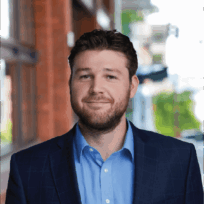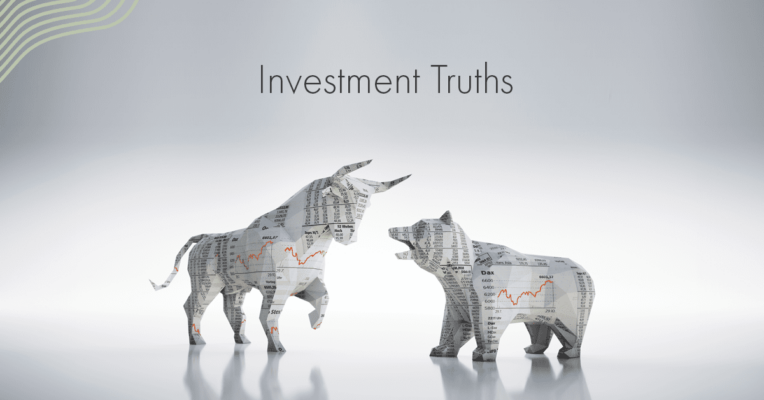Turn an IPO Windfall Into Lasting Wealth
An IPO may be the pinnacle of professional achievement, but when the wire hits, the real questions begin. What do I do with this money? Is this temporary or transformative? How do I make it last?
For high-net-worth individuals, the post-IPO phase is about far more than liquidity. It’s about defining what this wealth enables. If you take the time to be thoughtful, this chapter can fuel not just financial freedom, but also clarity, security, and a lasting legacy.
Ground your wealth in a thoughtful plan
The most important move you can make after an IPO isn’t an investment — it’s a pause. Sudden liquidity creates both freedom and risk. It’s easy to feel pressure to act quickly: to buy a new home, say yes to extended family, or jump into ambitious investments. But wealth — especially new wealth — requires a moment of grounding.
Work with your advisor to revisit your financial plan in light of the windfall. Update your balance sheet, revisit your “enough number,” and identify what truly matters to you. This isn’t about hoarding. It’s about alignment. When your decisions are grounded in your values, you transition from a reactive to an intentional approach.
Navigate share sales with strategy
If you’re still holding company stock, you may be considering how and when to sell the remainder. One option is a lump-sum transaction: simple, clean, and potentially well-timed if the market is favorable. However, for many, installment sales offer more flexibility, allowing you to spread gains across multiple tax years, smooth out risk, and avoid the psychological strain of making a single big bet.
A well-modeled approach can compare both scenarios, factoring in capital gains, income stacking, and the impact of sales on charitable or estate planning. There’s no universal right answer. However, there is a right answer for your goals, timeline, and tax exposure.
Protect against concentration risk
Concentration may have built your wealth, but it’s unlikely to sustain it. If your net worth is still heavily tied to a single company’s performance, you’re carrying exposure that most prudent financial strategies would not recommend.
Diversification isn’t about abandoning upside. It’s about protecting what you’ve earned and creating stability for the future. This might include reallocating into a broadly diversified portfolio, exploring real assets or private equity, or using part of your proceeds to fund philanthropic vehicles, such as donor-advised funds or family trusts.
A strong diversification strategy ensures that your future isn’t anchored to yesterday’s employer; your long-term vision isn’t vulnerable to short-term market moves.
Confidently manage your share sales through a well-structured, compliant plan. A 10b5-1 plan remains just as valuable after the IPO as it was before. If you’re staying with the company or continuing to receive equity grants, this plan allows you to sell shares at scheduled intervals, regardless of any material nonpublic information.
A well-structured 10b5-1 plan can remove emotion from the equation and maintain compliance, allowing you to focus on what’s next. For those planning to stagger future sales or donate appreciated stock, this approach can also reduce the complexity and stress of navigating earnings blackout windows. (Note: consult your company’s legal/compliance team before implementing any trading plan.)
Reevaluate insurance for a new financial reality
Your financial profile has changed, and your protection plan needs to evolve with it. Many HNWIs overlook this step, but it’s one of the most critical. Expanded umbrella liability insurance may now be necessary, especially if you own high-value assets or are more publicly visible. Your life insurance strategy might need to align with new estate planning goals, particularly if your estate now exceeds exemption thresholds. Review property, auto, and specialty insurance to ensure coverage reflects current replacement values and lifestyle shifts. Finally, cybersecurity protections may be increasingly important as higher visibility can make you or your family a more attractive target for digital threats.
Just as you’d update your investment plan, your risk management strategy should reflect this new chapter.
Create a legacy through financial stewardship
An IPO may elevate your financial position, but it also reshapes the world your children and partner now live in. This is a moment to begin meaningful conversations—not just about money, but about values, responsibility, and intention. Consider hosting a family meeting to share your financial vision and involve older children in the planning process. Introduce younger children to financial literacy early on with age-appropriate tools and habits that promote understanding and responsibility. You might also create a giving plan that involves the whole family, allowing them to connect with causes they care about and understand the role of philanthropy in their lives. Equally important is setting clear boundaries and expectations about wealth, so it becomes a bridge to opportunity rather than a burden of entitlement.
Remember: the best way to teach stewardship is to model it. Use this moment to not only preserve what you’ve built, but to shape how it’s experienced by the people you care about most.
Wealth is no longer potential; it’s power
After the IPO, the real work begins. You’re no longer planning for liquidity. You’re living in it. And what you do next matters. Not just for your portfolio, but for your life.
Use this moment to invest not just in markets, but in meaning. In clarity. In freedom. In the family. Because you didn’t work this hard just to be wealthy; you worked this hard to be aligned.
This content is for informational and educational purposes only and should not be construed as individualized advice or a recommendation for any specific product, strategy, or course of action. Brighton Jones, its affiliates, and employees do not provide personalized investment, financial, tax, or legal advice through this communication. This material is not intended to, and does not, create a fiduciary relationship under ERISA or any other applicable law. For individualized advice tailored to your specific circumstances, please consult with your adviser.






